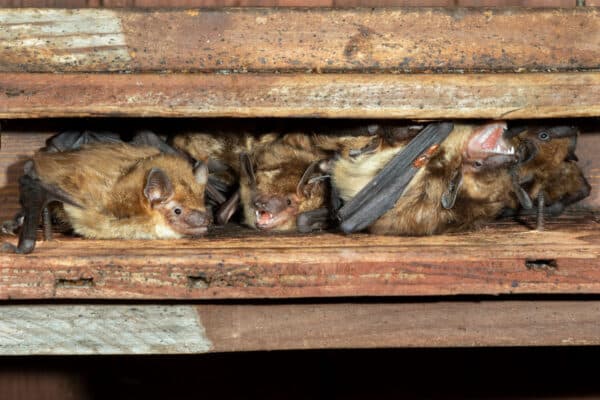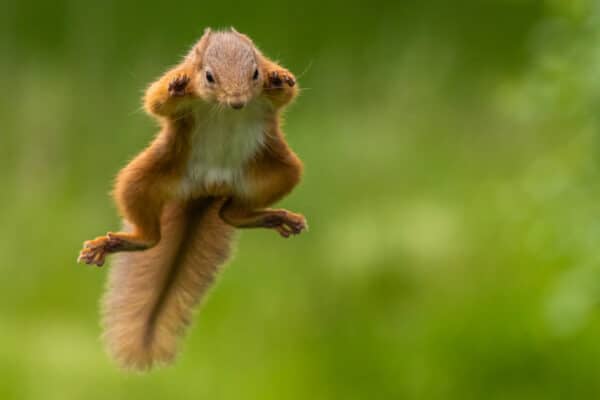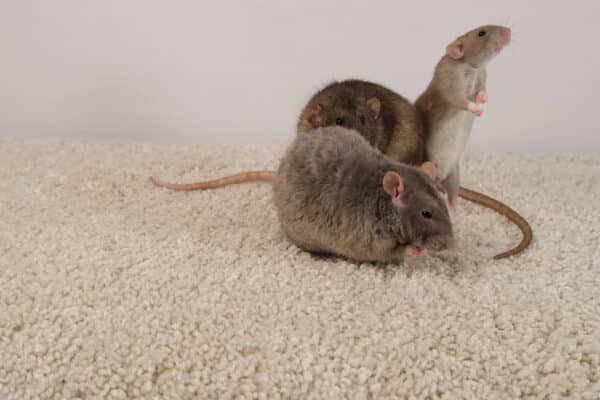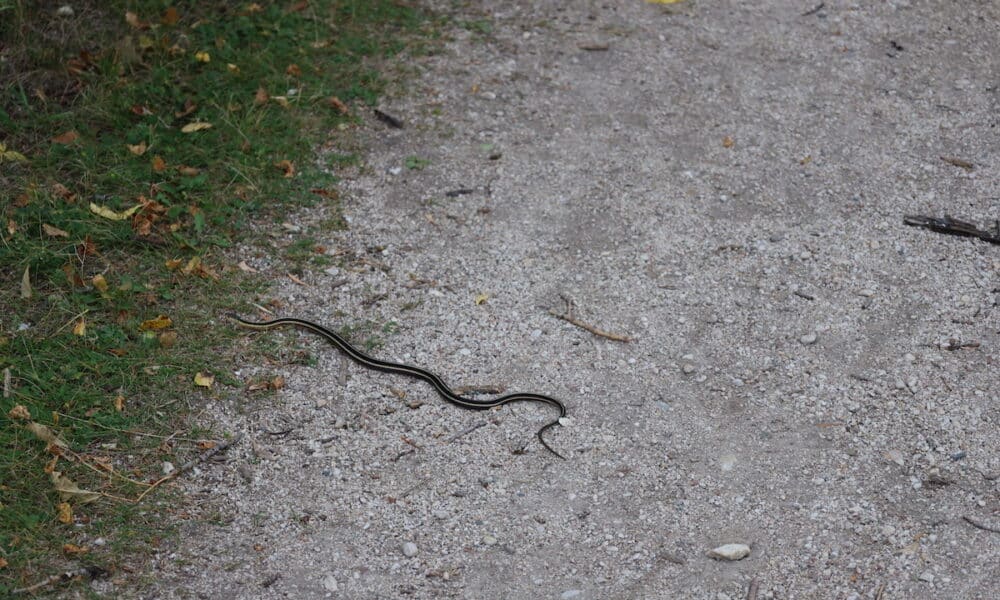
Alabama is home to a diverse array of wildlife, including over 40 species of snakes. While many people have a natural fear of these reptiles, most snakes in Alabama are harmless and play a vital role in maintaining the ecosystem by controlling rodent and insect populations. Knowing how to identify common snakes in the state can help residents differentiate between venomous and non-venomous species and better understand their role in nature.
Non-Venomous Snakes in Alabama
Most of the snakes found in Alabama are non-venomous and pose no threat to humans. These snakes contribute to a healthy environment by keeping rodent populations in check and serving as prey for larger predators.
Eastern Rat Snake (Pantherophis alleghaniensis)
One of the most common snakes in Alabama the black rat snake (Eastern Rat Snake). It can grow up to 6 feet in length and has a black body with a white belly. Younger rat snakes have a gray base color with dark blotches, which fade to solid black as they mature. They are excellent climbers and live in barns, attics, and wooded areas where they hunt rodents and birds.
Eastern Kingsnake (Lampropeltis getula)
The Eastern Kingsnake is a striking black snake with thin yellow or white bands running along its body. It typically grows between 3 and 5 feet long. Kingsnakes are immune to venom, allowing them to prey on venomous snakes such as rattlesnakes and copperheads. They also eat rodents, birds, and amphibians, making them beneficial to have around homes and farms.
Gray Rat Snake (Pantherophis spiloides)
The Gray Rat Snake has a light gray coloration with dark blotches along its body. They live in forests and fields, where they hunt for small mammals and birds. Like their black counterparts, they are skilled climbers and take refuge in trees and abandoned structures.
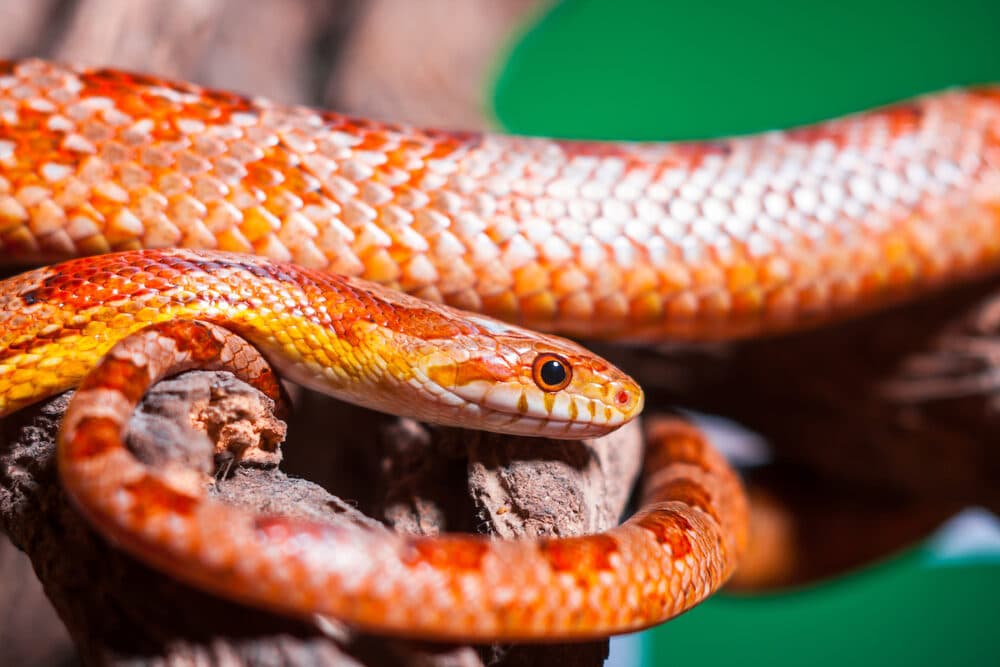
Corn Snake (Pantherophis guttatus)
Corn snakes are medium-sized, brightly colored snakes with an orange or reddish body and black-bordered red blotches. They are mistaken for copperheads, but they lack the triangular head and hourglass markings characteristic of venomous snakes. Corn snakes are kept as pets because of their calm demeanor and striking appearance.
Eastern Garter Snake (Thamnophis sirtalis)
The Eastern Garter Snake is a small, slender snake with three yellow or white stripes running down its olive, brown, or black body. They live in gardens, fields, and near water sources, where they feed on frogs, earthworms, and small fish. Garter snakes are harmless and will emit a foul-smelling musk when threatened.
Rough Green Snake (Opheodrys aestivus)
The Rough Green Snake is a slender, bright green snake with a yellowish belly, making it well-camouflaged among vegetation. They are primarily arboreal and prefer to live in shrubs and trees near water. These snakes feed on insects and small invertebrates and are completely harmless to humans.
Venomous Snakes in Alabama
While most snakes in Alabama are non-venomous, the state is also home to six venomous species. Recognizing these snakes can help residents take necessary precautions when encountering them in the wild.
Eastern Diamondback Rattlesnake (Crotalus adamanteus)
The Eastern Diamondback Rattlesnake is the largest venomous snake in North America, growing up to 8 feet in length. It has dark diamond-shaped markings outlined in white along its back. This rattlesnake prefers dry, sandy habitats such as pine forests and coastal plains. You should avoid it because it is highly venomous, but it generally does not attack unless provoked.
Timber Rattlesnake (Crotalus horridus)
Also known as the canebrake rattlesnake, the Timber Rattlesnake is found in forests and rocky hillsides throughout Alabama. It has a distinct pattern of dark bands on a lighter background, often with a reddish stripe running down its back. Although venomous, it is generally not aggressive and will warn intruders with its rattle before striking.
Pygmy Rattlesnake (Sistrurus miliarius)
The Pygmy Rattlesnake is a small but venomous species that grows between 1 and 2 feet long. It has a gray or reddish body with dark blotches and a tiny rattle that produces a faint buzzing sound. These snakes live in pine forests, swamps, and near water sources.
Copperhead (Agkistrodon contortrix)
Copperheads are the most common venomous snakes in Alabama. They have a distinctive hourglass-shaped pattern on a light brown or tan body, which helps them blend into leaf litter. Copperheads are generally not aggressive but will bite if provoked. They have mild venom compared to other venomous snakes, but bites can still be painful and require medical attention.
Cottonmouth (Agkistrodon piscivorus)
Also known as the water moccasin, the Cottonmouth is semi-aquatic and lives near swamps, rivers, and lakes. It has a thick, dark-colored body and a distinctive white mouth lining that it displays when threatened. Cottonmouths are highly venomous and can be aggressive if cornered.
Coral Snake (Micrurus fulvius)
The Eastern Coral Snake is a brightly colored venomous snake with red, yellow, and black bands. It is often confused with the harmless Scarlet Kingsnake, but the coral snake follows the rhyme, “Red touches yellow, kill a fellow; red touches black, friend of Jack.” Coral snakes are secretive and rarely encountered, but their venom is highly potent.
What to Do If You Encounter a Snake
If you come across a snake, it’s important to remain calm and avoid sudden movements. Most snakes will retreat if given the opportunity. Here are some tips for handling a snake encounter:
- Observe from a distance – Do not attempt to catch or kill the snake.
- Identify the snake – If possible, determine whether the snake is venomous or non-venomous.
- Give it space – Back away slowly and allow the snake to move away on its own.
- Seek professional help – If a snake is in your home or posing a threat, contact a professional wildlife removal service like Covenant Wildlife.
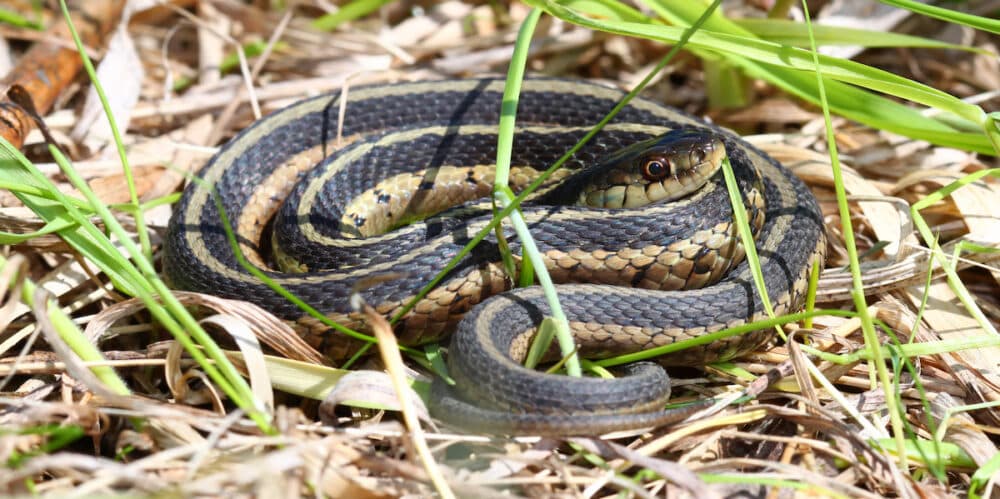
How to Prevent Snakes from Entering Your Property
While snakes are beneficial to the ecosystem, many homeowners prefer to keep them away from their homes and yards. Here are some effective prevention tips:
- Keep your yard tidy – Remove debris, woodpiles, and tall grass where snakes can hide.
- Seal entry points – Check for gaps under doors, vents, and foundation cracks where snakes can enter.
- Control rodents – Reduce food sources that attract rodents, which in turn attract snakes.
- Use snake repellents – Some commercial and natural deterrents may help keep snakes away.
- Install fencing – Snake-proof fencing can help protect areas where children and pets play.
Conclusion
Alabama’s diverse snake population plays an essential role in maintaining the balance of nature. While some species are venomous and require caution, the majority of snakes are harmless and even beneficial. By learning to identify common snakes in Alabama and understanding their behavior, residents can coexist with these fascinating reptiles while staying safe. If you need professional assistance with snake removal, Covenant Wildlife is here to help. Contact us today for expert wildlife management services!

